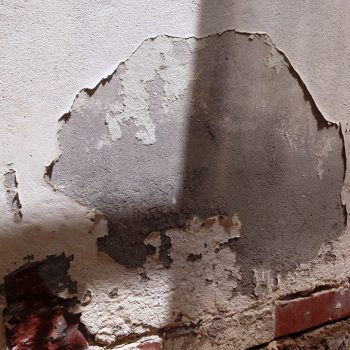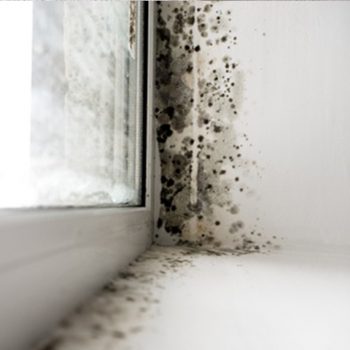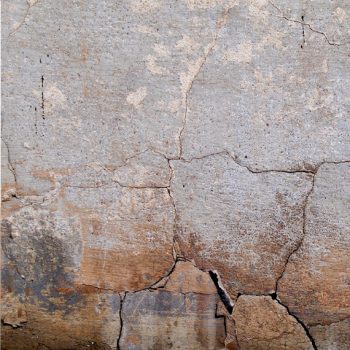STOP RISING DAMP
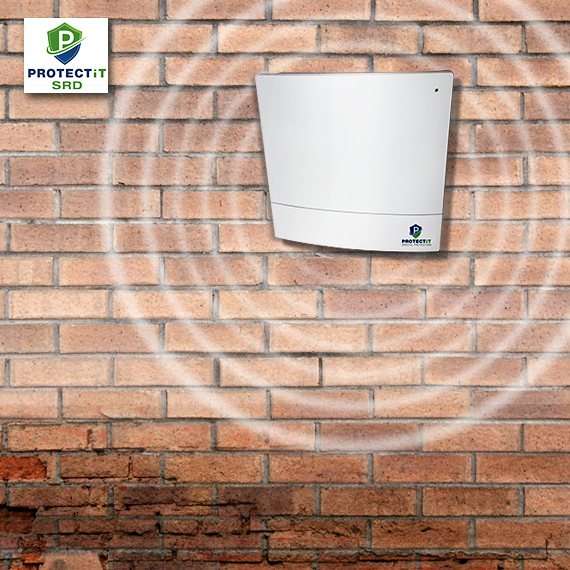
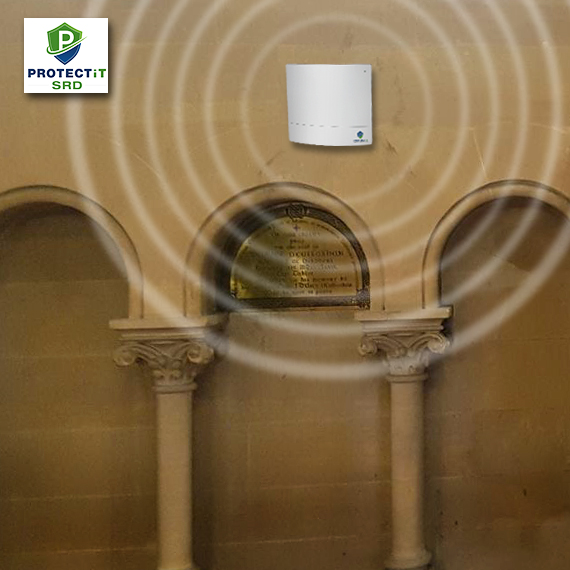
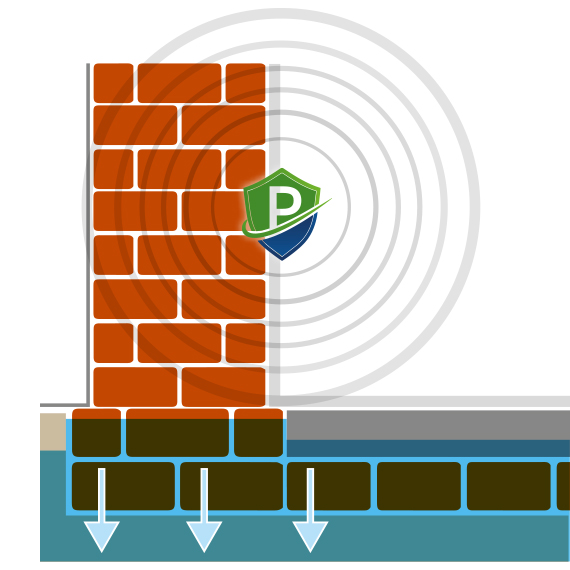
Designed to Stop Rising Damp
PROTECTiT SRD, with “Multi-frequency Impulse Resonance” technology, is the most advanced and effective electro-physical masonry dehumidification system.
PROTECTiT SRD acts exclusively in the walls, opposing attraction between the capillary pores of the masonry and the water molecules (dipoles), thus neutralising the strength of rising damp in masonry structures. Its action is followed by an effective and permanent drying of walls.
How PROTECTiT SRD works?
SRD device generates a train of impulses that resonate in the damp walls and, by acting on the overall electrostatic charge, lower the zero potential line on all types of material constituting the building structure.
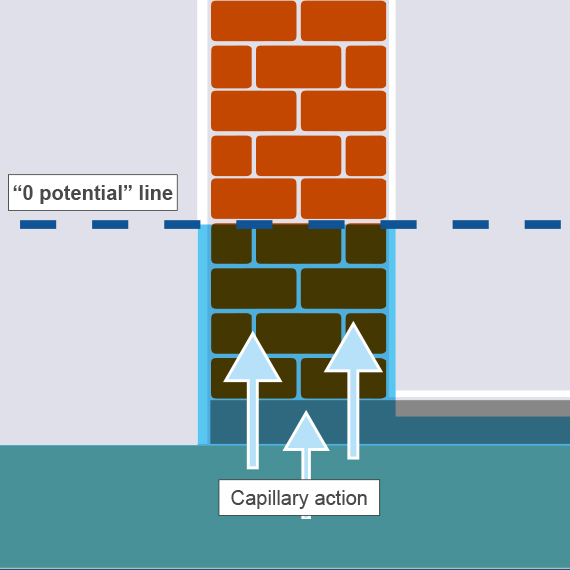
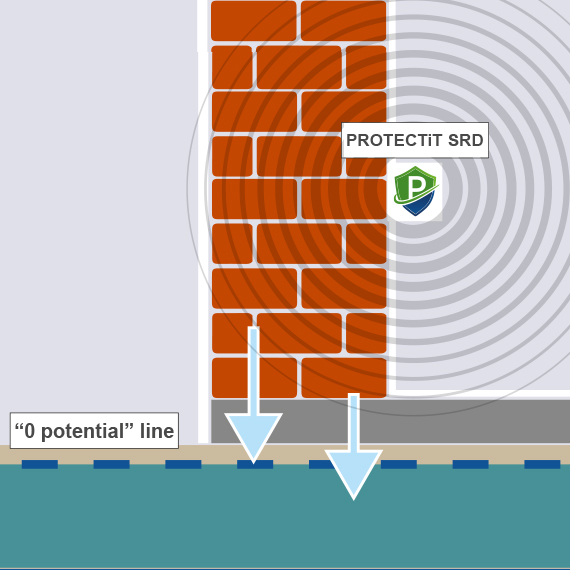
Multi-frequency Impulse Resonance Technology
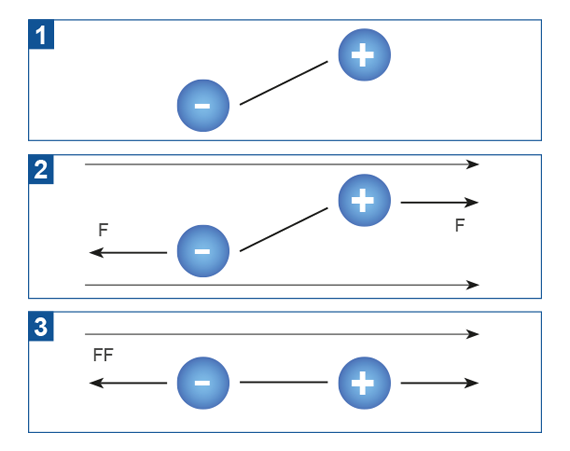
Multi-frequency Impulse Resonance technology interacts with the dipoles of water, triggering the dehumidification of building structures.
PROTECTiT SRD uses to its advantage the same effect that generates rising damp, it generates an electromagnetic field inside the wall structure that resonates with the water molecules and their structure, stopping their rising.
PROTECTiT SRD counters the natural diffusion process of capillary rising damp and determines its elimination from masonry structures.
This technology is absolutely functional and guaranteed in cases of capillary rise humidity.
Figure 1: Dipole of water in absence of electric field.
Figure 2 & 3: Dipole of water when electric field starts to have effect.
PROTECTiT SRD Range of Action:

m12 x 12 = 144m2

m16 x 16 = 256m2

m20 x 20 = 400m2

m28 x 28 = 784m2
RISING DAMP – why it happens?
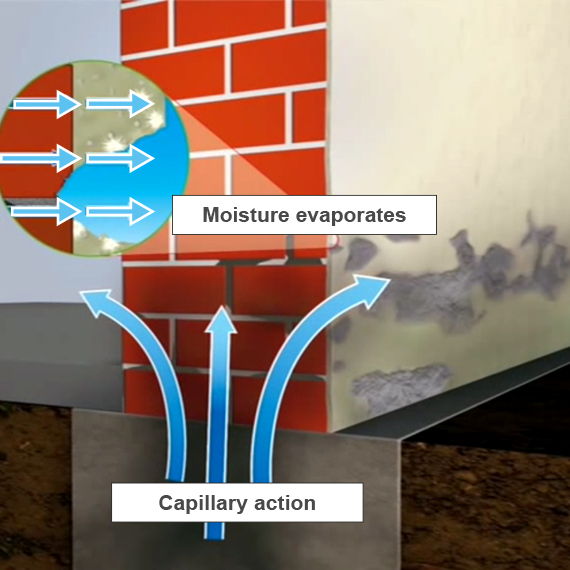
As you can see in the graphic, moisture permeates from the ground through capillary action.
Just like a sponge the water transports minerals including damaging salts which are deposited in the wall and on the wall surface. In the areas where the moisture can evaporate the damage is most visible.
Dampness also provides a fertile environment for mould growth. This can have serious consequences on the health of those who live in these areas. The damage can range from simple colds to allergies and asthma, from gastrointestinal and dermatological diseases to the proliferation of mould spores in the organism.
Typical symptoms of Rising Damp:
- Mould on walls
- Peeling paint, flaky or bubbling plaster
- Damp, wet patches, stains, white powder or crystals appearing on the surface of the walls
- Crumbling mortar between bricks or stonework on the exterior of the building
- Rotting skirting boards and/or floorboards
Damaged walls by Rising Damp
PROTECTIT SRD – Case Studies

Glasnevin Chapel, Dublin
Client: Glasnevin Trust
6 weeks after PROTECTiT SRD installation, dampness on the internal walls of the Glasnevin Chapel decreased in over 70%.
When presented with the PROTECTiT SRD I have to say I was sceptical, to say the least. The PROTECTiT team started to impress me with a scientific approach, the analysis was so detailed and accurate, all of the tests were carried out and presented very quickly. But what really surprised me and my colleagues were the instant results within 4-6 weeks of the installation. I have now installed the second unit in the Church and another one in the Tower.
